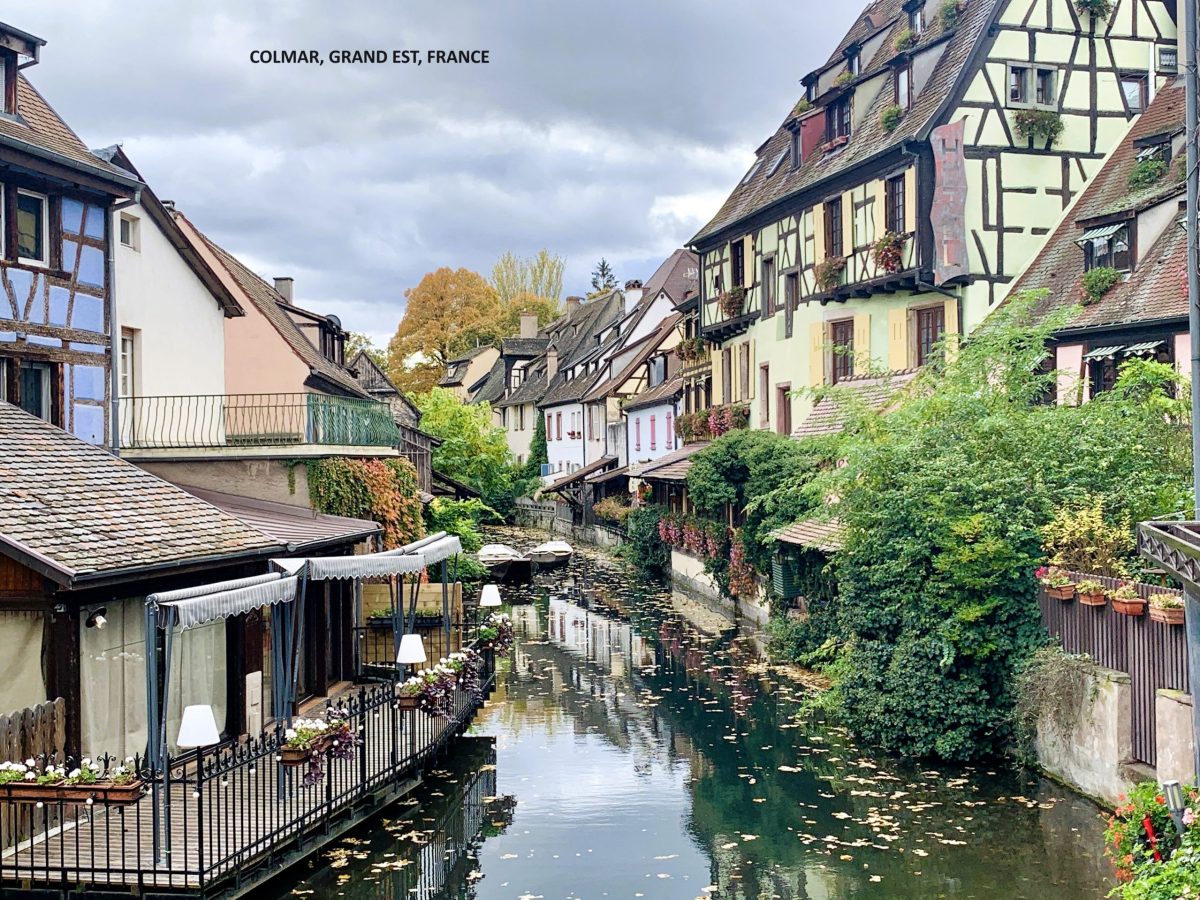If there is one place in France I very much enjoy coming back to, it is Saint Remy de Provence. Every time we visit I marvel at the town. Surrounded by the most beautiful, rugged and unspoiled Alpilles countryside, it is so full of colour, character and historical interest and …and let’s not forget the food.
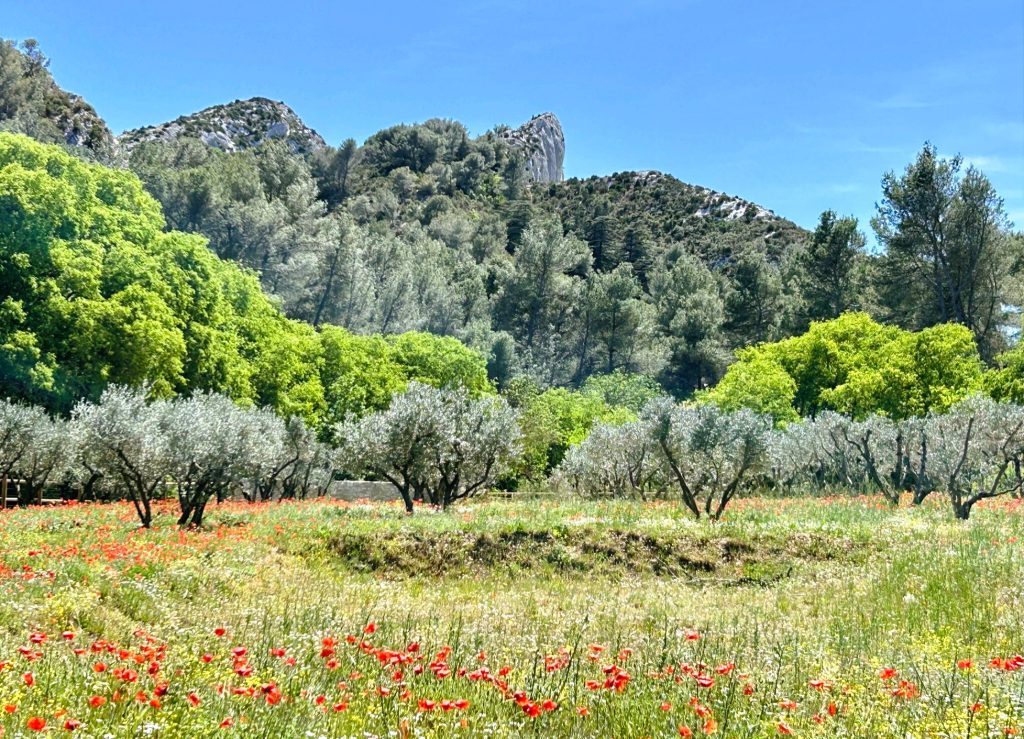
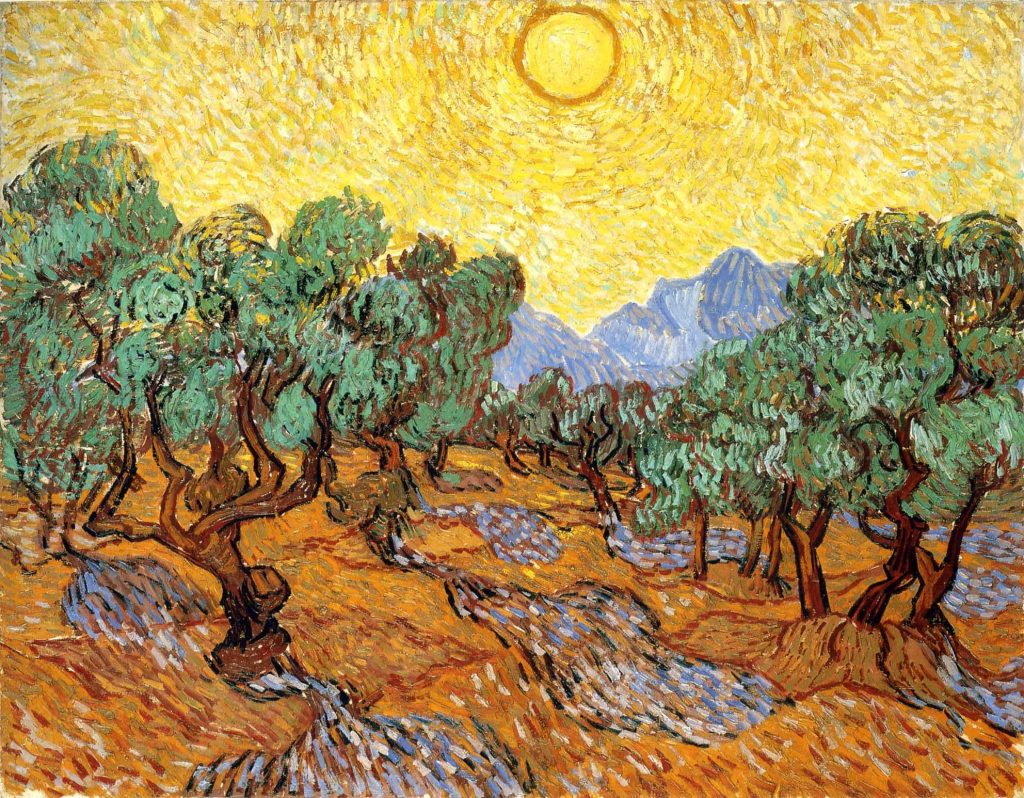
During recent visits I have tried repeatedly to gain entrance to the tiny 16th century Chapelle de Notre Dame de Pitie which sits near where Avenue Durand Maillane and Avenue Pasteur converge and; this time I succeeded although it was something of a bitter sweet moment.

The chapel was deconsecrated some years ago and left a ruin until at least 1985 when a local association, in conjunction with the town council, set about it’s restoration. It no longer serves as a church but is used to hold temporary exhibitions and one was underway as I arrived.
The sculptures on display were predominantly gilded steel and created by Philippe Lonzi (and he had no problem with me taking photos of his work). I think the paintings were by Christian Reale although Lonzi is also a painter.



Because we so often have the dogs with us as we explore, it’s rare that I am able to visit galleries and/or museums on these tours but; Vanya was caring for the dogs during our first afternoon back in Saint Remy and that meant I was also able to visit the Point Rouge Gallery on Rue Carnot in the centre of the old town.
The works of three different artists were on display during my visit and, hey, there were some really unusual and exciting creations. Amongst some impressive pieces by both Florence Vasseur (Painter) and Sylvie Mazereau (Painter and sculptor in ceramics and textiles), were some quite amazing life-size sculptures (mannequins?) by Anne Bothuon in cotton and cloth. It was actually embroidered wadding but ‘cotton and cloth’ has an altogether nicer ring about it. The creations were life-like but with a hint of caricature. Some appear a little freakish (extraordinary is perhaps a more apt word) but all are unique and a couple are quite sensational.
The exhibits in the Point Rouge Gallery formed part of the ‘Nature of Being Display’ organised by the owners Olivier Kaiser and Jean-Michel Warin. I spoke briefly with Olivier (who very kindly allowed me to take photos) and he explained that all the exhibits would be gone by the next morning. It seems that every 6 weeks or so, the owners change everything out, which allows them to showcase the art of a great many other favoured artists during the course of the year.
In addition to holding and displaying tons of interesting and exciting artefacts associated with Vincent Van Gogh the nearby Musee Estrine is renowned for displaying the work of contemporary artists so that, in line with Van Gogh’s wish, “living painters are no longer so unjustly ignored”. It occurs to me that the Point Rouge Gallery have adopted much the same philosophy. This is a gallery I will seek out again.


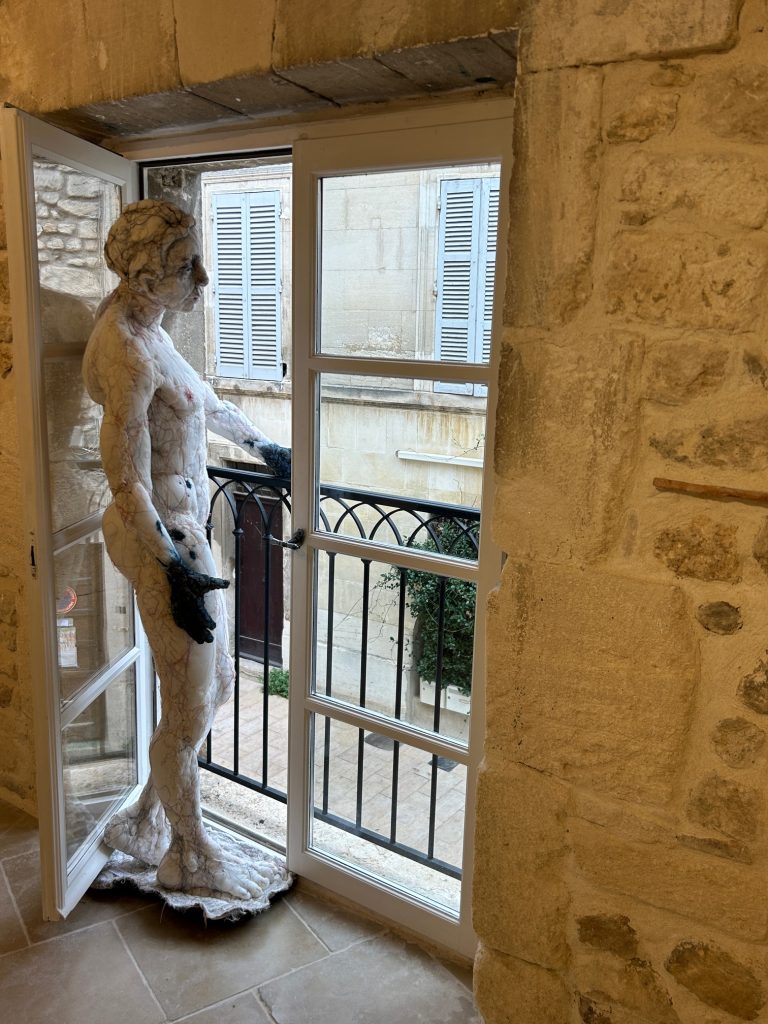
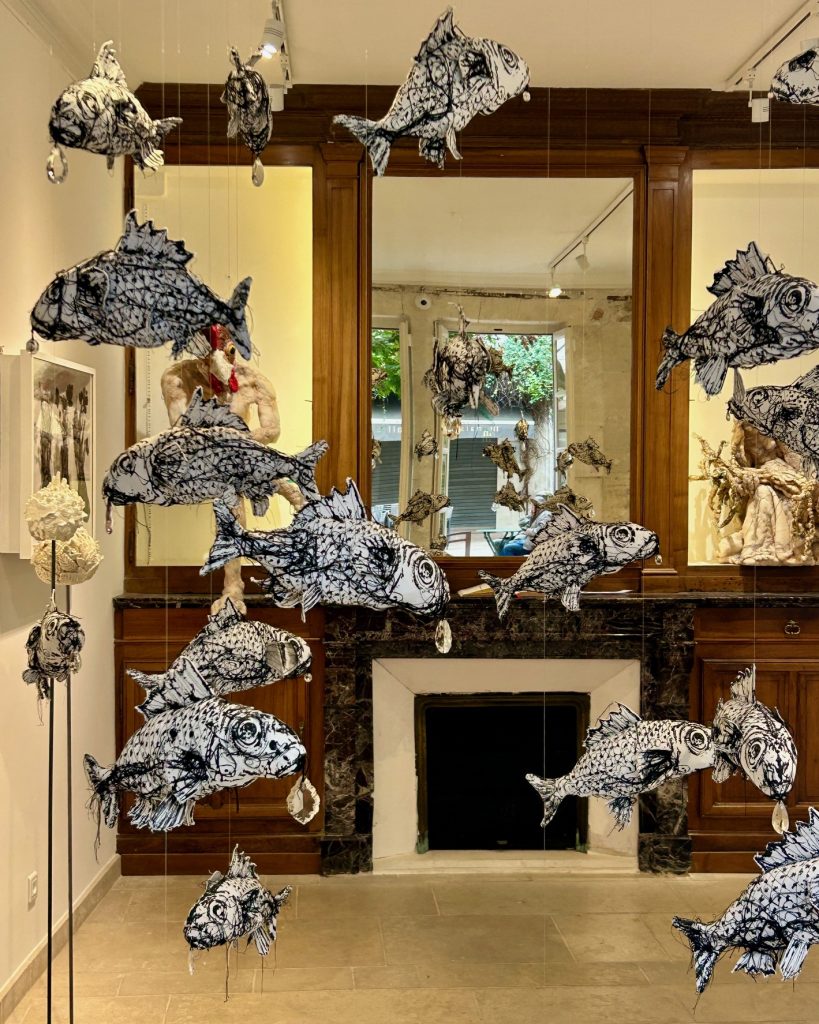
During this visit to Saint Remy, Vanya and I planned on stopping by Les Baux des Provence to experience the Vincent Van Gogh light and sound show at the Carrieres des Lumieres but, the Van Gogh display has been replaced by a new show (Egyptian Pharaohs) which simply didn’t appeal to either of us. Damn!
Instead, I walked along Avenue Vincent Van Gogh to the former Benedictine Monastere de Saint Paul de Mausol. This historic monastery turned asylum is renowned for a one time resident, Vincent Van Gogh, who admitted himself into the asylum for a year between 1889 and 1890. While there he produced some of his finest creations including ‘Starry Night’, ‘Irises’ and the ‘Olive Orchard’. I’d previously visited the area but never been inside the building itself.
Much of the monastery complex still functions as a psychiatric clinic but one wing serves as a small museum which reflects how Vincent Van Gogh lived during his stay and how other residents and some of the staff lived and/or worked. Also, in and around the museum there are markers identifying where Van Gogh will have sat while painting many of the 150+ creations he completed during his stay in the asylum. I spent a couple of hours wandering the building and surrounding gardens and found it absolutely fascinating. The place really is worth a visit.

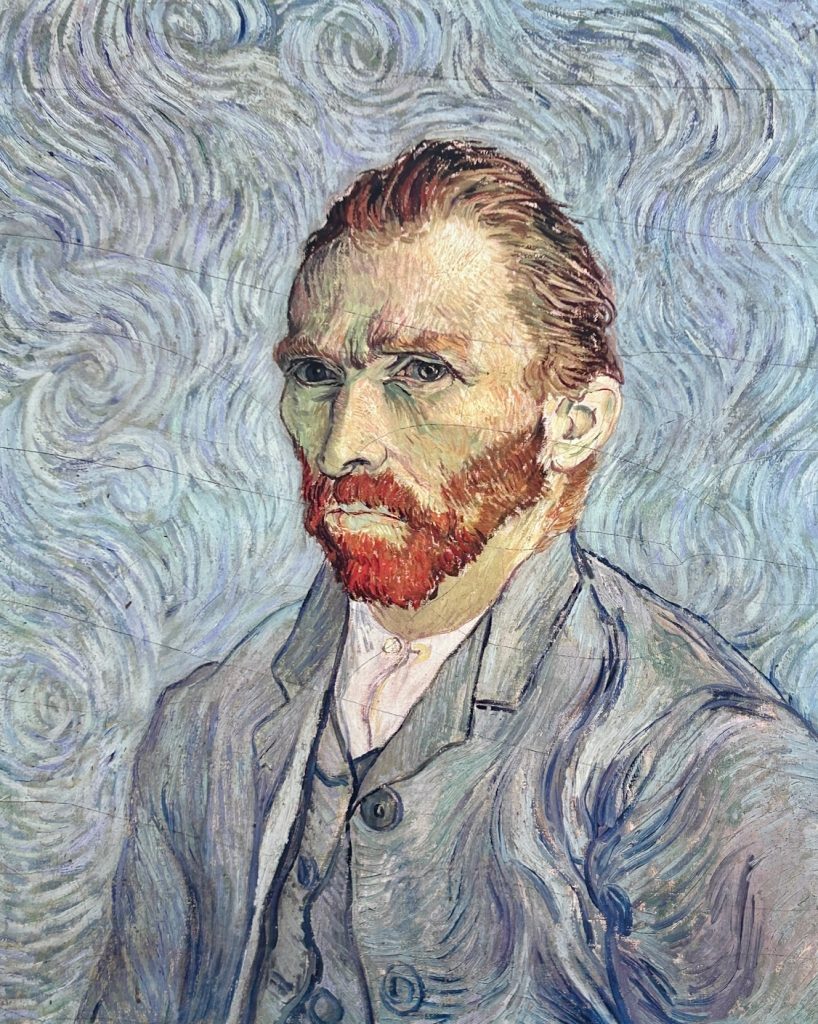



Some of the care Van Gogh received in the asylum would have been primitive compared to that available in modern hospitals but, for it’s day, Saint Paul’s was one of the more advanced and caring hospitals. I’m fairly certain Van Gogh would not have been keen on the so called hydrotherapy treatment prescribed by his doctor (two hours of alternating hot and cold baths twice a week) but, for the most part, he didn’t lack for comfort compared to all other residents. Van Gogh’s brother, Theo, paid all fees associated with his stay in the asylum and that included three private rooms; one which served as Van Gogh’s living quarters, the second as an artist’s studio and the third to store his paintings.

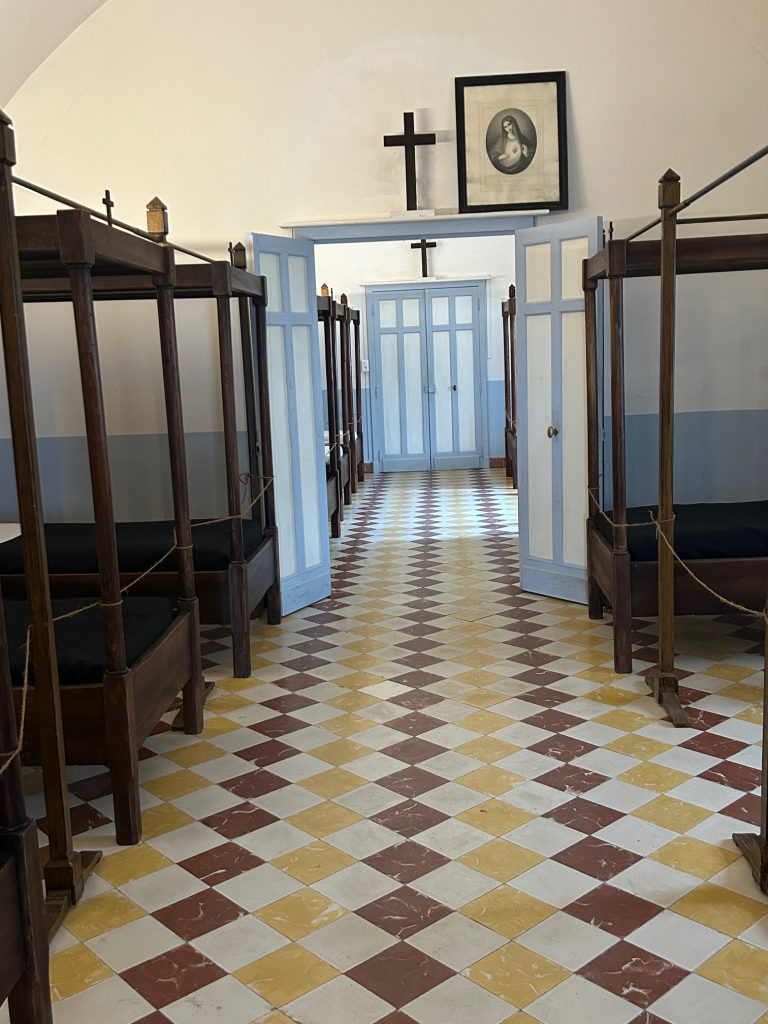

After leaving Saint Paul’s, I hoped to revisit the old archaeological site of Glanum but it was closed. I took a couple of photographs of the mausoleum and the triumphal arch which stand outside the northern gate of the old Roman city but then made my way back into town to find a decent restaurant for the evening.
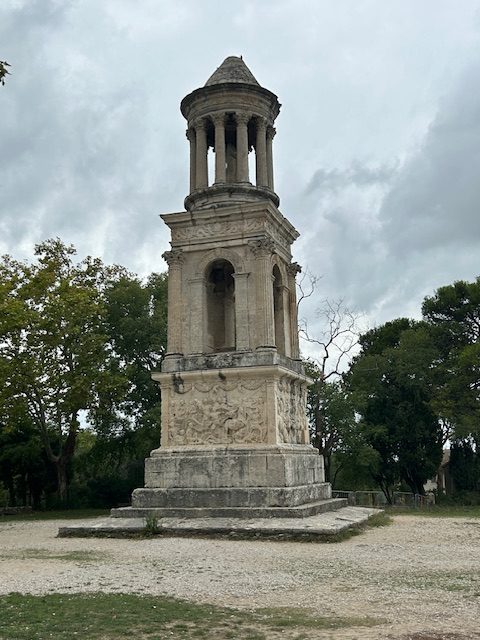

I found and booked us into a delightful family run restaurant (a mother and daughter team) near the town centre – the Restaurant XA. Quintessentially French with a retro shabby chic decor, we were well received (dogs as well) and served some great food. Van went for the fish while I had a veal dish (i.e. proper veal not that awful substitute they seem to serve almost everywhere in the UK).
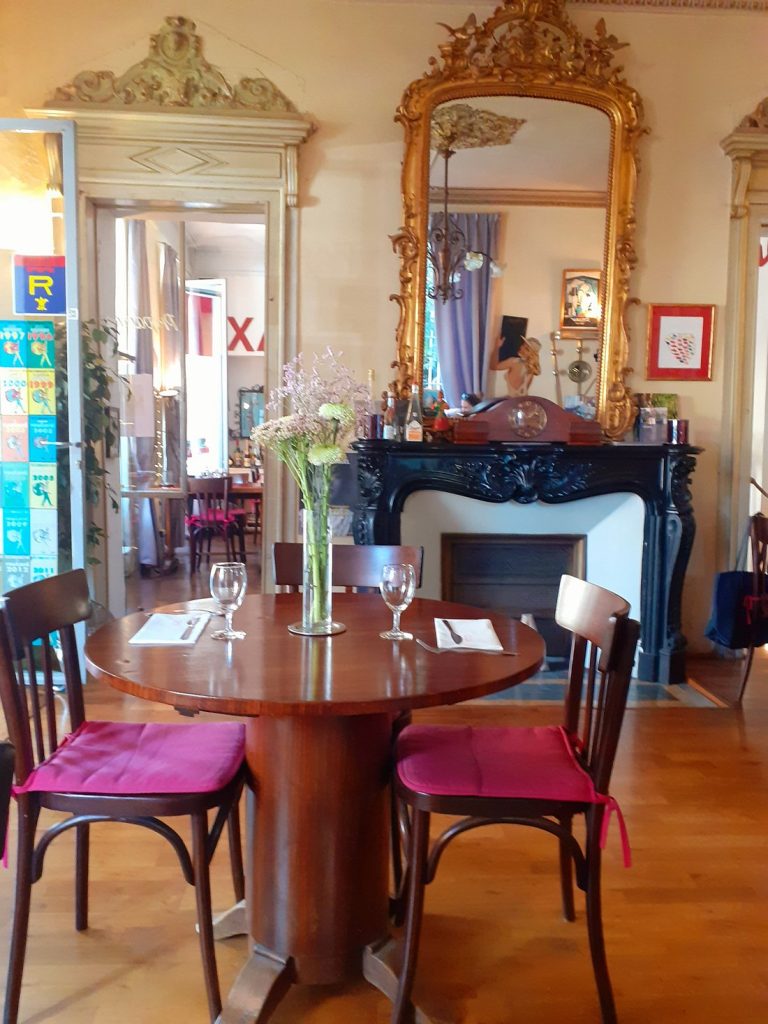
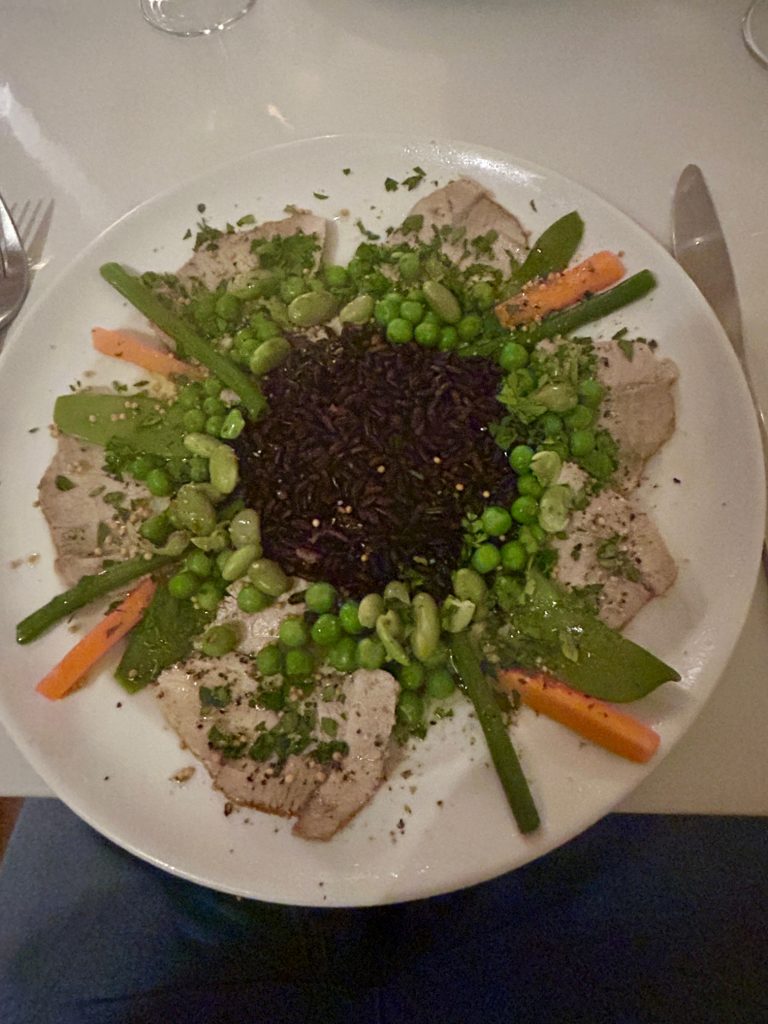
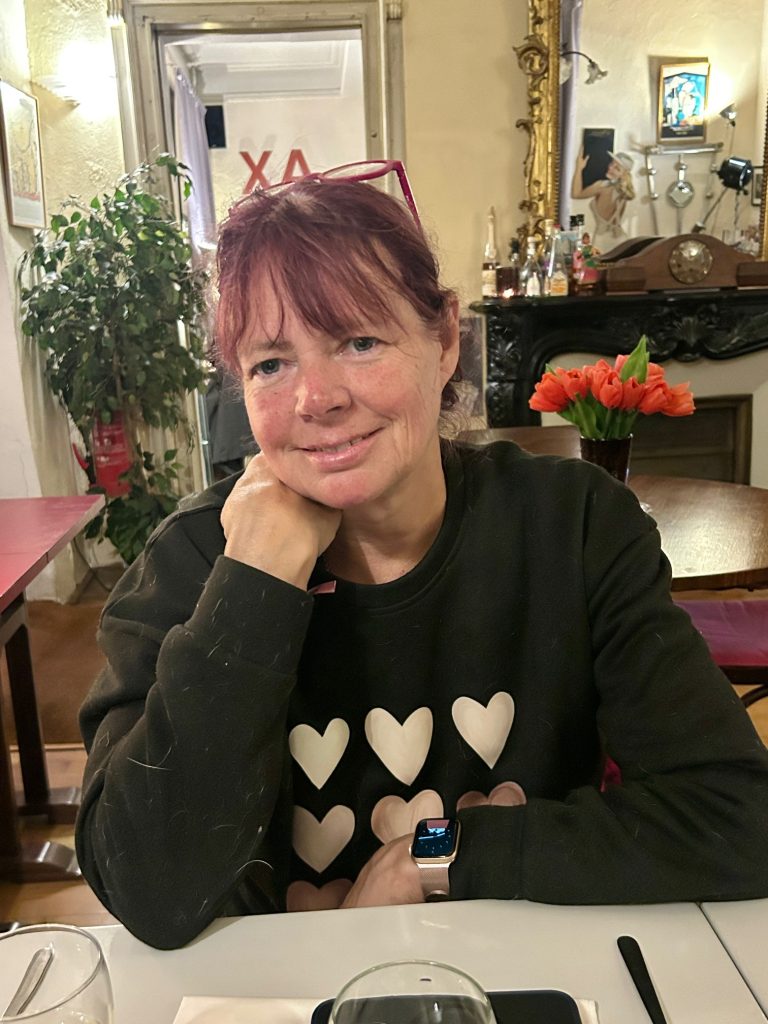
Once again, we thoroughly enjoyed Saint Remy. There’s no doubt we’ll return but now it is time to start north.

